How to Shoot Stunning Wildlife Photos
Wildlife photography offers endless opportunities to explore the natural world. From tracking big cats to capturing backyard birds, this discipline requires skill, patience, and a passion for nature. To avoid common pitfalls like blurry images and cluttered backgrounds, follow these tips to capture stunning wildlife photos.
If your wildlife photos have quality issue, use Aiarty Image Enhancer to enhance them!
It's absolutely a game-changer for wildlife photographers, allowing them to focus on capturing stunning shots without worrying about post-processing hassles.
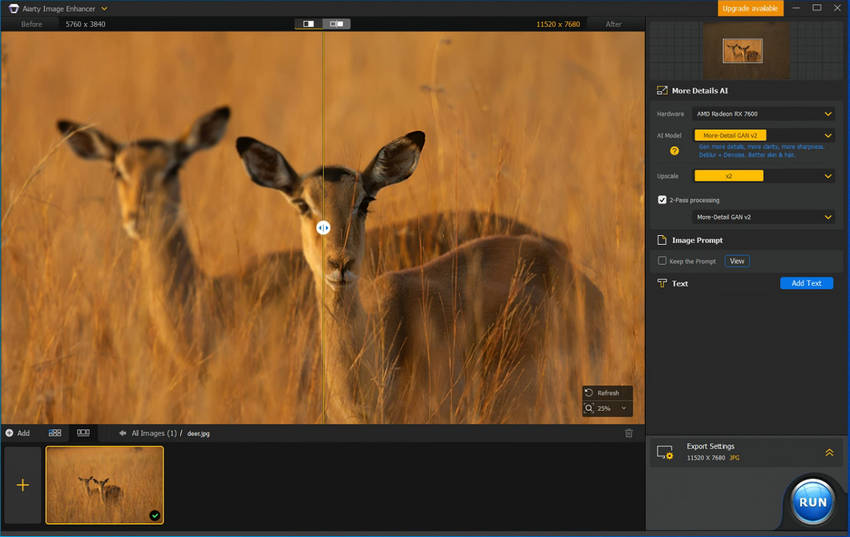
Before & After Comparison
Let's take a look at the incredible results between the original image and the 2x upscaled one by Aiarty Image Enhancer:
- The overall clarity of the image has been significantly improved, removing the noise in the original photo.
- The deer, as the main subject, is now much clearer, with bright and sharp eyes and distinct individual furs.
- Aiarty has not over-processed the deer in the background, preserving the original sense of depth.
- The surrounding elements, such as the dry grass, have been enhanced, revealing a level of detail that was previously hidden.
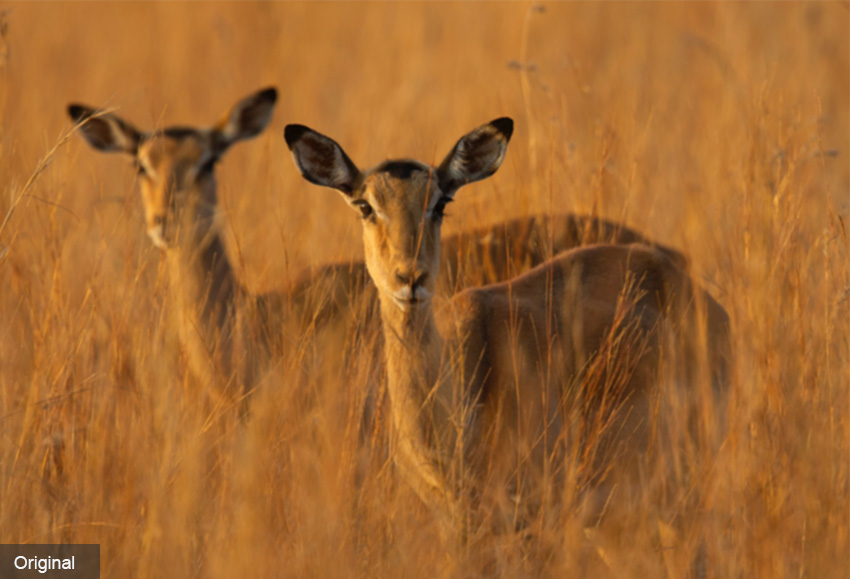
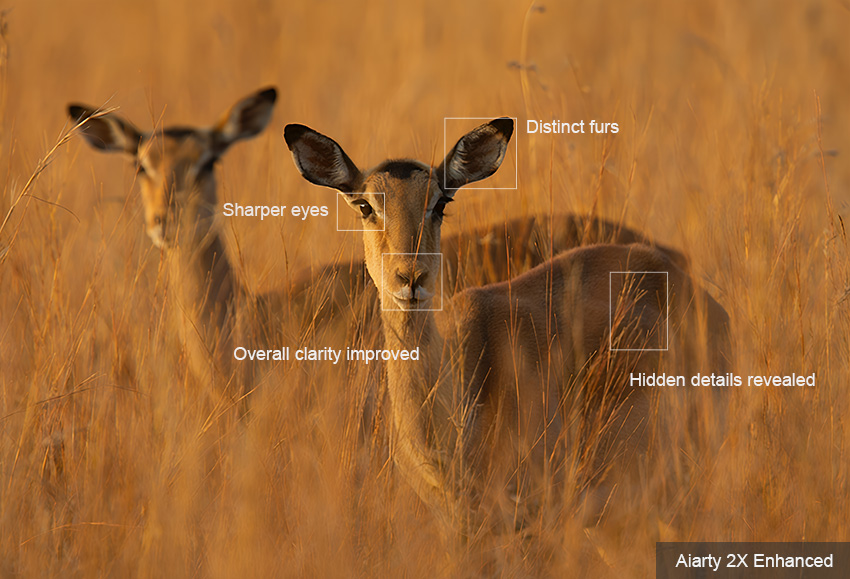
How to Shoot Stunning Wildlife Photos
1. A Wealth of Wildlife Knowledge
Before heading out, research your target species and their habits. Consider factors like habitat, migration patterns, and breeding seasons. Plan your trip, including departure time, weather, transportation, and safety precautions.
2. Use the Right Camera
A high-quality camera is an essential tool for any wildlife photographer. To capture stunning images of animals in their natural habitat, you'll need a camera that is fast, reliable, and capable of producing excellent results in various lighting conditions. Both DSLR and mirrorless cameras are popular choices among wildlife photographers.
3. Configure to the Best Camera Settings
Shutter Speed
Wildlife photography, especially when using telephoto lenses, often demands fast shutter speeds to counteract the effects of camera shake and capture sharp images of moving subjects. For me, when I’m out shooting wildlife, I try to stick to a shutter speed of at least 1/250 of a second to freeze the action. If I’m shooting something really fast, like a bird in flight, I’ll bump it up to 1/1000 or even 1/2000 of a second.
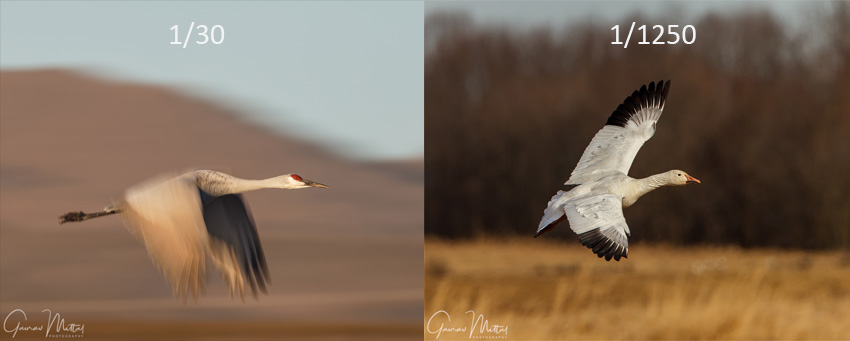
Aperture
Aperture, measured in f-stops, controls the amount of light that enters the camera lens and directly influences depth of field. A larger aperture (e.g., f/2.8) allows more light in, creating a shallow depth of field and blurring the background. Conversely, a smaller aperture (e.g., f/11) reduces the amount of light, resulting in a greater depth of field and sharper foreground to background. Think of your eye's pupil: it dilates in low light to let in more light and constricts in bright light to reduce it. Aperture works similarly in a camera.
ISO
ISO controls the camera's sensitivity to light, affecting the brightness and noise of your image. It's often used to compensate for less-than-ideal natural light conditions—whether it's too bright or too dark. Wildlife photography is often affected by weather and light conditions, often requiring you to adjust the ISO for better results. For example, if you're photographing birds in a nature reserve on an overcast day, a slightly higher ISO (400) can make your photo lighter. If the wildlife is more active at dusk, increasing the ISO to 800 or higher can improve sensitivity for low-light conditions.
4. Choose the Right Lens
Wildlife photography can utilize any lens — from standard zooms to telephotos, macros to super telephotos, or wide-angles — depending on the situation and what you want to convey in your image.
- Zoom lens
- Telephoto Lens
- Macro Lens
- Wide-angle Lens
5. Try Other Helpful Equipment
- Tripod: A tripod is a fundamental tool for the best wildlife photography, providing the necessary stability to prevent camera shake, especially when using telephoto lenses or long exposures.
- Flash: A flash unit offers supplementary illumination, enabling photographers to capture sharp images in challenging lighting conditions, such as low-light environments or shaded areas.
- Ball head: A ball head provides unparalleled flexibility, allowing for quick and precise adjustments to your camera's orientation.
- Extension tube: Extension tubes are specialized accessories used in macro photography to increase the magnification of a lens, facilitating the capture of minute details.
- Lens hood: A lens hood serves to protect the front element of a lens from impact and stray light, reducing flare and improving image quality.
- Remote shutter release: It captures images without touching the camera, reducing the risk of camera shake and ensuring sharper results.
6. Apply the Appropriate Composition
- Rule of thirds
- Negative space
- Perspective
- ...
Wildlife photography is a rewarding yet challenging pursuit. To capture stunning images of animals in their natural habitat, photographers need a solid understanding of techniques and best practices.
source from: https://www.aiarty.com/photography/wildlife-photography.htm
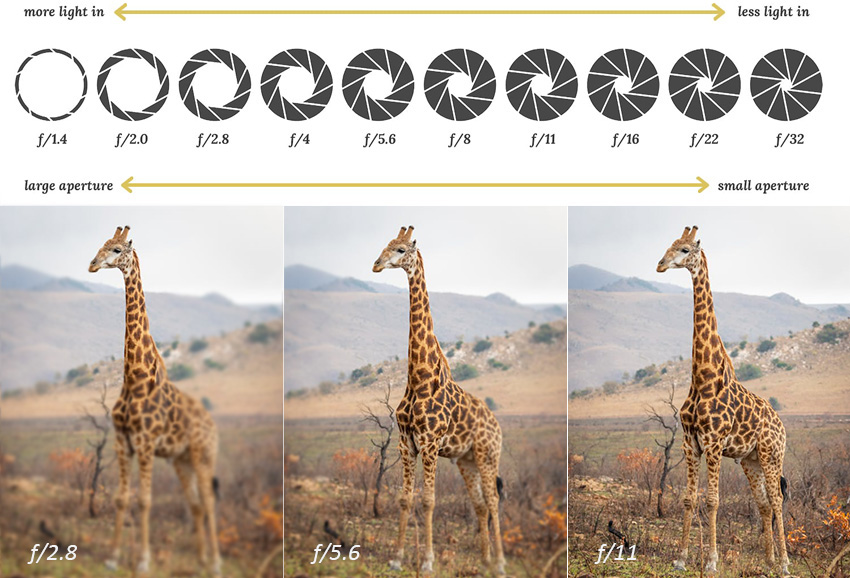
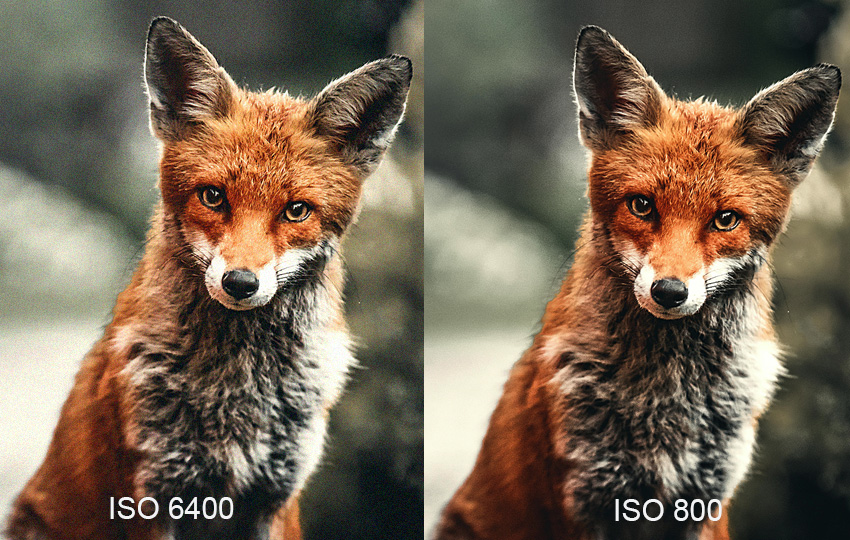






Comments